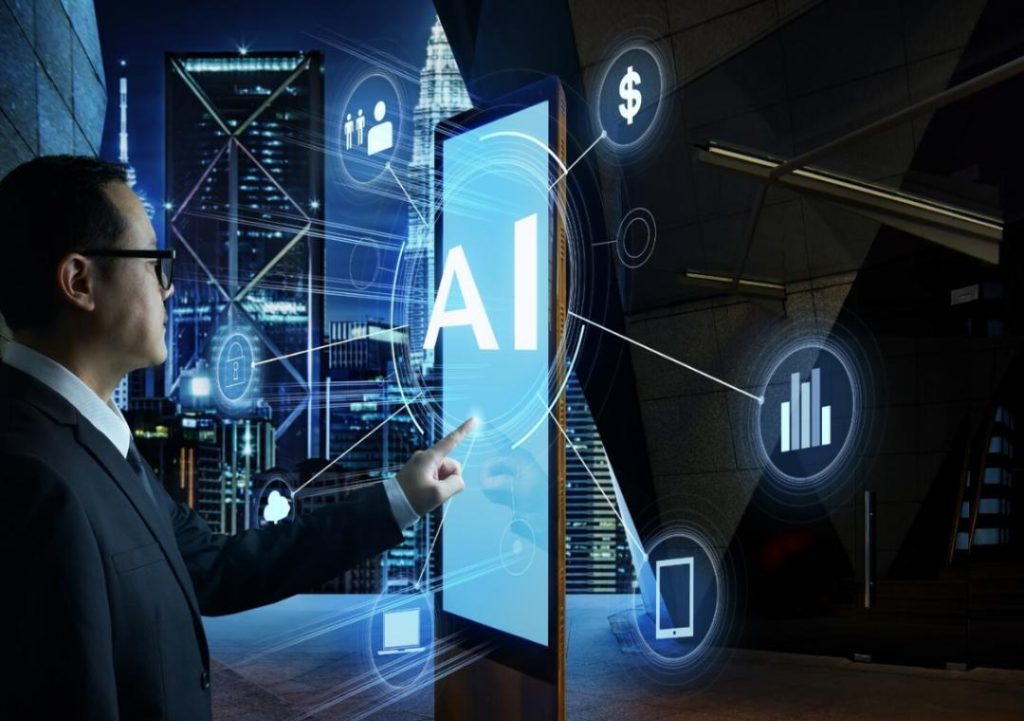
AI & ML now power over 77% of business processes
In today’s digital-first world, Artificial Intelligence (AI) and Machine Learning (ML) are no longer futuristic concepts relegated to the realm of science fiction. Rather, they’re operational essentials that have become integral to the daily operations of enterprises across various industries. According to a recent report, over 77% of businesses now rely on AI and ML to improve productivity, reduce costs, and personalize user experiences. The shift isn’t optional; it’s fundamental to staying competitive in a market where customer expectations are increasingly shaped by the latest technological advancements.
The widespread adoption of AI and ML is a testament to the transformative power of these technologies. From automating mundane tasks to enabling real-time fraud detection, the applications of AI and ML are vast and varied. In this blog post, we’ll explore the importance of AI and ML in modern business operations, the benefits they offer, and the industries that are leading the charge in their adoption.
What is AI and ML?
Before delving into the significance of AI and ML, it’s essential to understand what these technologies entail. AI refers to the development of computer systems that can perform tasks that would typically require human intelligence, such as visual perception, speech recognition, and decision-making. ML, on the other hand, is a subset of AI that involves training algorithms to learn from data, allowing them to improve their performance over time.
In simpler terms, AI is the brain that enables machines to think and learn, while ML is the process of training that brain to make informed decisions. Together, AI and ML have given rise to a new generation of applications that are capable of processing large amounts of data, identifying patterns, and making predictions with uncanny accuracy.
The benefits of AI and ML
The benefits of AI and ML are numerous and far-reaching. Here are some of the key advantages that businesses are realizing from their adoption:
- Improved productivity: AI and ML can automate repetitive and mundane tasks, freeing up human resources to focus on higher-value activities that require creativity, empathy, and critical thinking.
- Enhanced customer experience: By analyzing vast amounts of customer data, AI and ML-powered applications can provide personalized recommendations, anticipate customer needs, and offer tailored solutions that drive loyalty and retention.
- Reduced costs: AI and ML can help businesses streamline their operations, reduce waste, and optimize resource allocation, leading to significant cost savings.
- Real-time insights: ML algorithms can analyze vast amounts of data in real-time, providing businesses with valuable insights that inform strategic decision-making and drive growth.
- Fraud detection and prevention: AI and ML-powered applications can detect fraudulent activities with uncanny accuracy, reducing financial losses and protecting customer data.
Industries leading the charge
While AI and ML are transforming businesses across various industries, some sectors are leading the charge in their adoption. Here are a few examples:
- Financial services: Banks and financial institutions are leveraging AI and ML to detect fraud, personalize customer experiences, and optimize risk management.
- Healthcare: AI-powered applications are helping healthcare providers diagnose diseases more accurately, personalize treatment plans, and streamline clinical workflows.
- E-commerce: Online retailers are using AI and ML to offer personalized product recommendations, optimize supply chains, and improve customer service.
- Manufacturing: AI-powered applications are enabling manufacturers to predict equipment failures, optimize production lines, and improve product quality.
The future of AI and ML
As AI and ML continue to evolve, we can expect to see even more innovative applications across various industries. Here are a few trends that will shape the future of AI and ML:
- Edge AI: As more devices become connected, AI will move to the edge, enabling real-time processing and analysis of data closer to the source.
- Explainable AI: As AI becomes more pervasive, there will be a growing need for explainable AI, which provides transparency and accountability for AI-driven decision-making.
- Human-AI collaboration: AI will increasingly be used to augment human capabilities, rather than replace them, leading to more efficient and effective workflows.
- Regulatory frameworks: Governments and regulatory bodies will need to establish clear guidelines and frameworks for AI and ML development, deployment, and use.
Conclusion
AI and ML are no longer futuristic concepts— they’re operational essentials that are transforming businesses across various industries. With their ability to improve productivity, reduce costs, and personalize user experiences, it’s no wonder that over 77% of enterprises are now relying on these technologies to stay competitive in a digital-first world. As AI and ML continue to evolve, we can expect to see even more innovative applications and trends emerge. By embracing these technologies, businesses can stay ahead of the curve and unlock new opportunities for growth and success.
Source:
https://www.growthjockey.com/blogs/what-is-ai-and-ml-how-is-it-important






